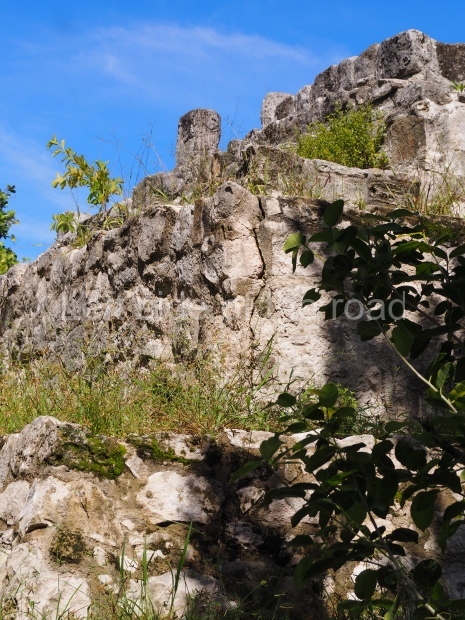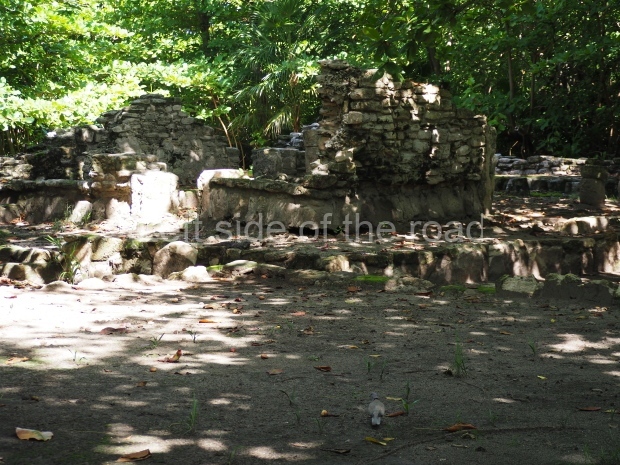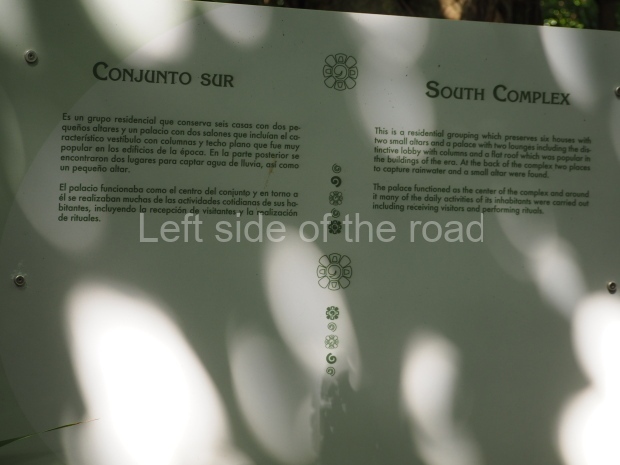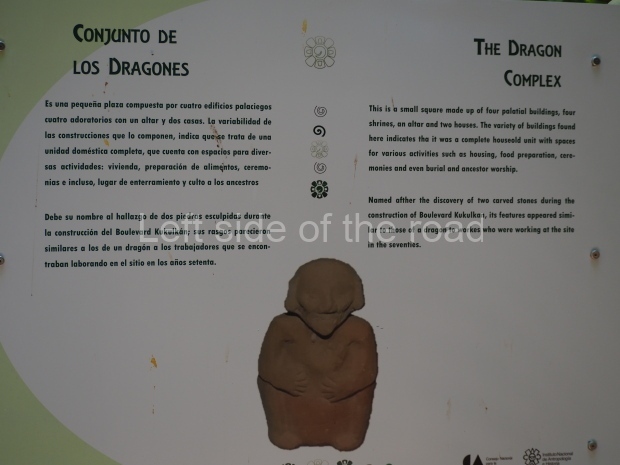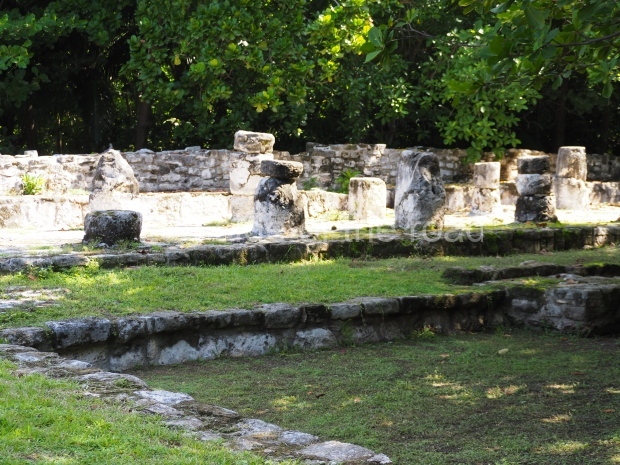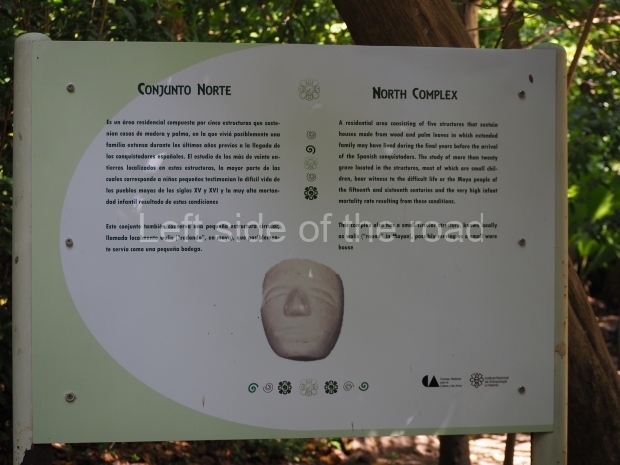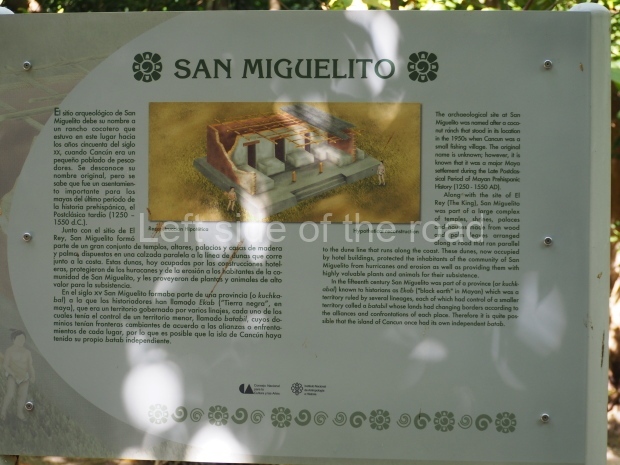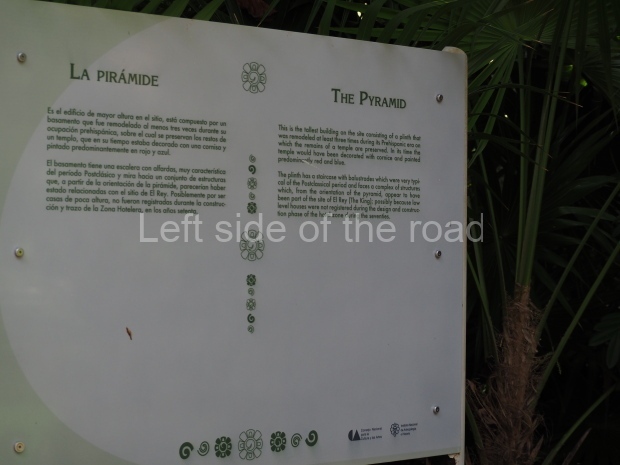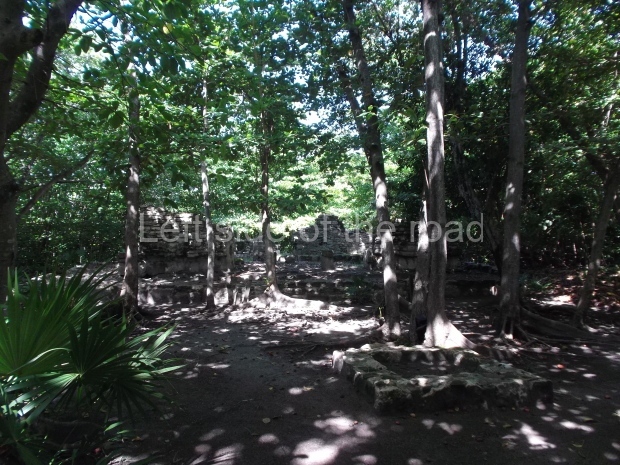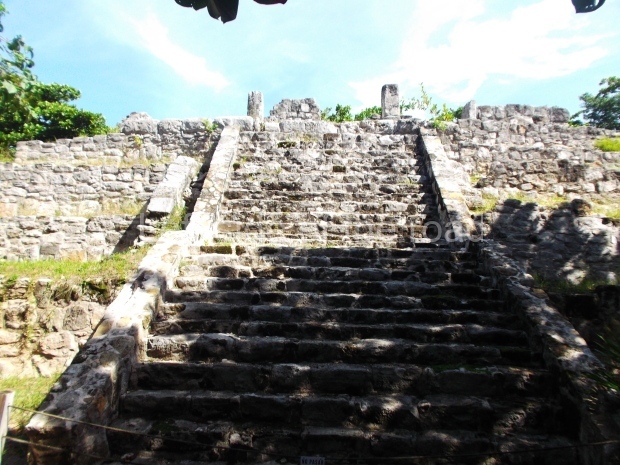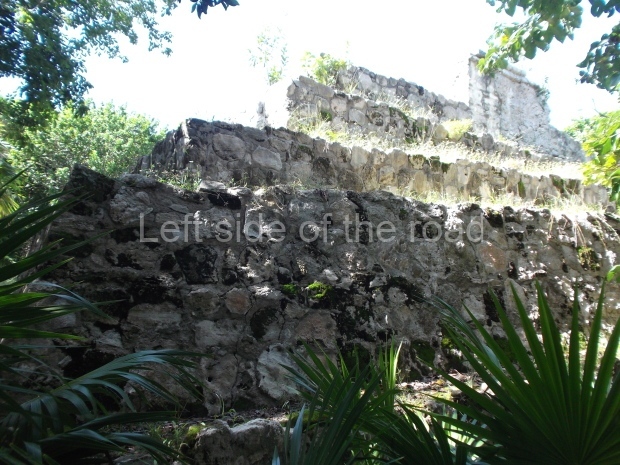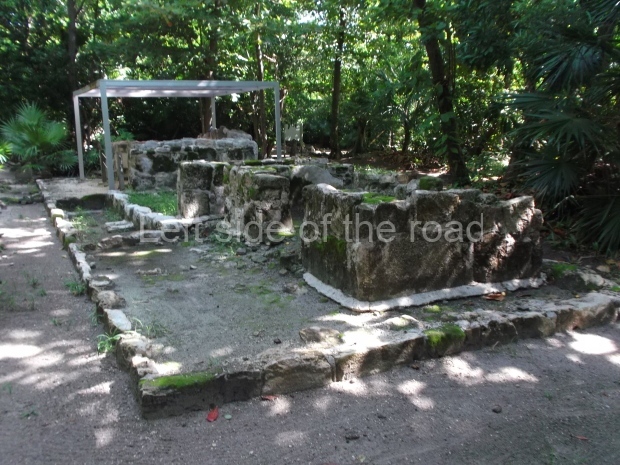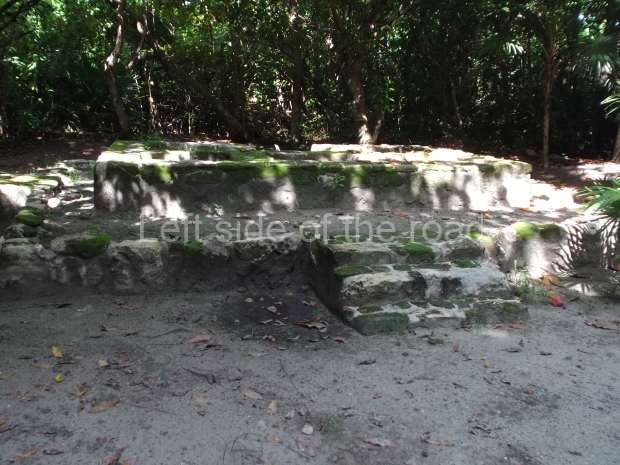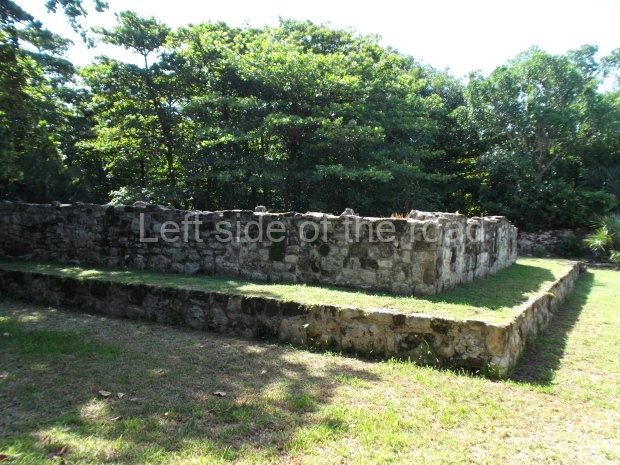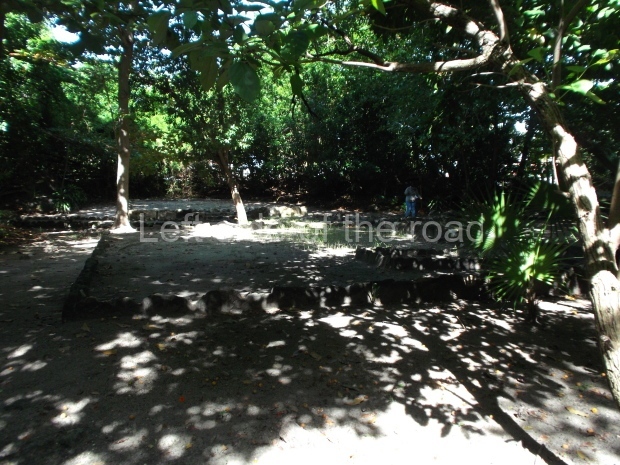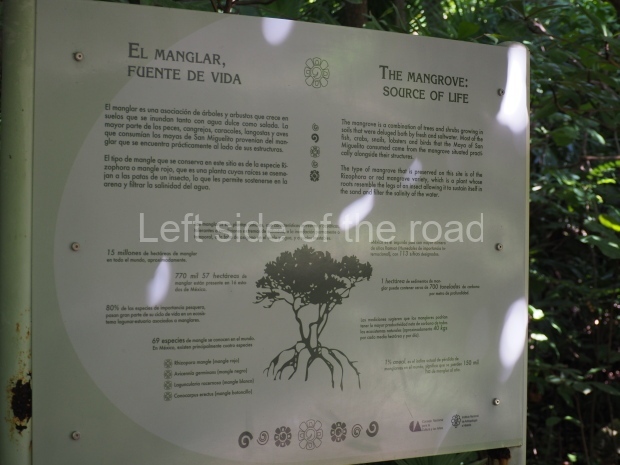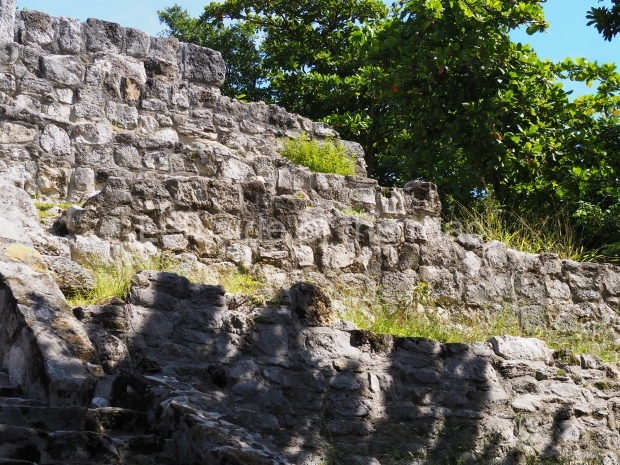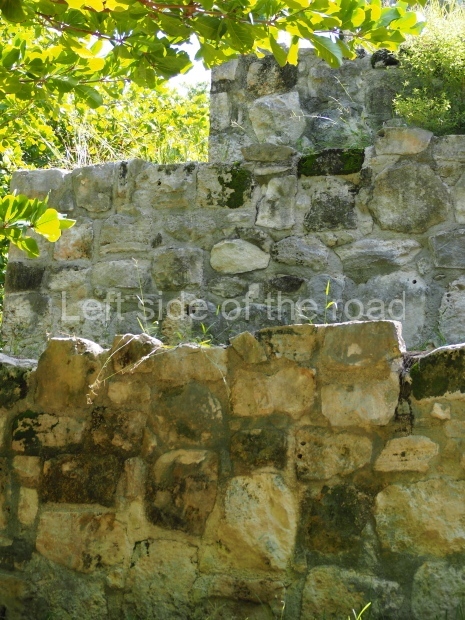San Miguelito – Quintana Roo
Site description
The site is divided into four groupings: North Complex, Chaak Palace Grouping, Dragon Complex and South Complex.
The North Complex was a residential area, with five raised platforms serving as foundations for thatch-roofed homes. Although the houses themselves have long since disappeared, more than 20 gravesites were found beneath the foundations; it was common practice among the ancient Maya to bury loved ones under family homes. Look for the two circular enclosures, thought to have been used for food preparation and storage.
The structures in the Chaak Palace Grouping served administrative functions. The most intact edifice is the namesake palace, which sits on the north side of a small plaza. An impressive 30-meters-long, it has well-preserved walls and 17 columns that once held up a flat wooden roof, a Mayan architectural feature also found at Tulum and Xel-Há, and an indicator of the strong ties among these coastal communities. If you look closely, you’ll see original stucco on some of the columns. The main stairway also contains stone etchings of Chaak, the Mayan god of rain.
The Dragon Complex is made up of several small structures, mostly alters, shrines and residential platforms that have not yet been fully excavated or restored. The most significant finding is a wall with remnants of a mural depicting fish and turtles – look for it under a protective awning. This grouping was named after two stone sculptures that were found nearby during the construction of the main boulevard along the Zona Hotelera.
The South Complex is the most impressive grouping of the site. Arranged around a central plaza are several residential platforms, altars and an east-facing palace with interior columns and two chultuns (stone cisterns used to catch rainwater). Just south of the palace is San Miguelito’s imposing pyramid, an 8m-tall structure crowned by a temple; its stairway faces south towards the El Rey ruins further along the strip.
San Miguelito is a Post Classic site (1100-1450 A.D.) located on Cancun Island. It is the northern extension of the larger site of El Rey separated by Avenida Kukulkan which runs the length of Cancun Island. It was part of the polity of Ekab (Black Earth) which ruled over the north-eastern portion of the Yucatan at the time of the Spanish invasion. The original name of the site is unknown. The modern name derives from a coconut palm plantation that once occupied the area.
San Miguelito was involved in an extensive trade network that extended from Central America around the peninsula to Campeche on the Gulf Coast and inland. Export items included dried fish, salt, honey, and stingray spines which were an important item in bloodletting ceremonies. Imported items included obsidian, quartz, flint, jadeite, basalt grinding stones and copper tweezers, as well as providing a conduit for evolving world views.
From Lonely Planet.
How to get there:
The archaeological site is located in the grounds of the modern building of Cancun Maya Museum, in the hotel zone of Cancun. Buses R1 and R2, to and from downtown Cancun, run regularly along the road of the hotel district. M$12 per journey.
GPS:
21.04.29 N
86.46.38 W
Entrance:
Included in the entrance cost for the museum, M$90



